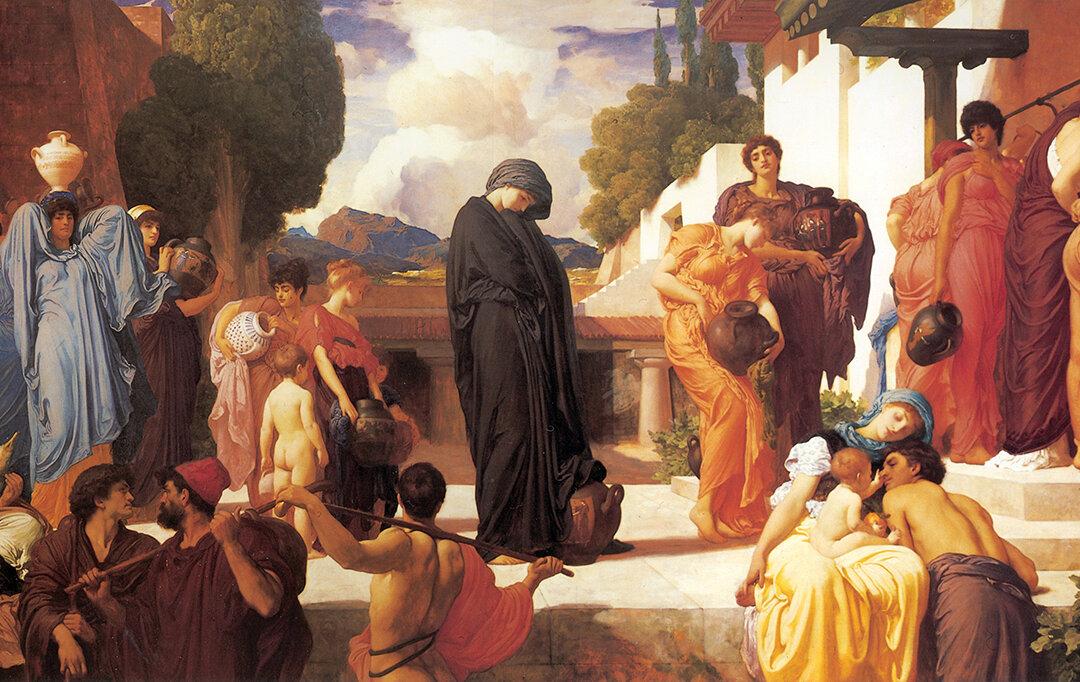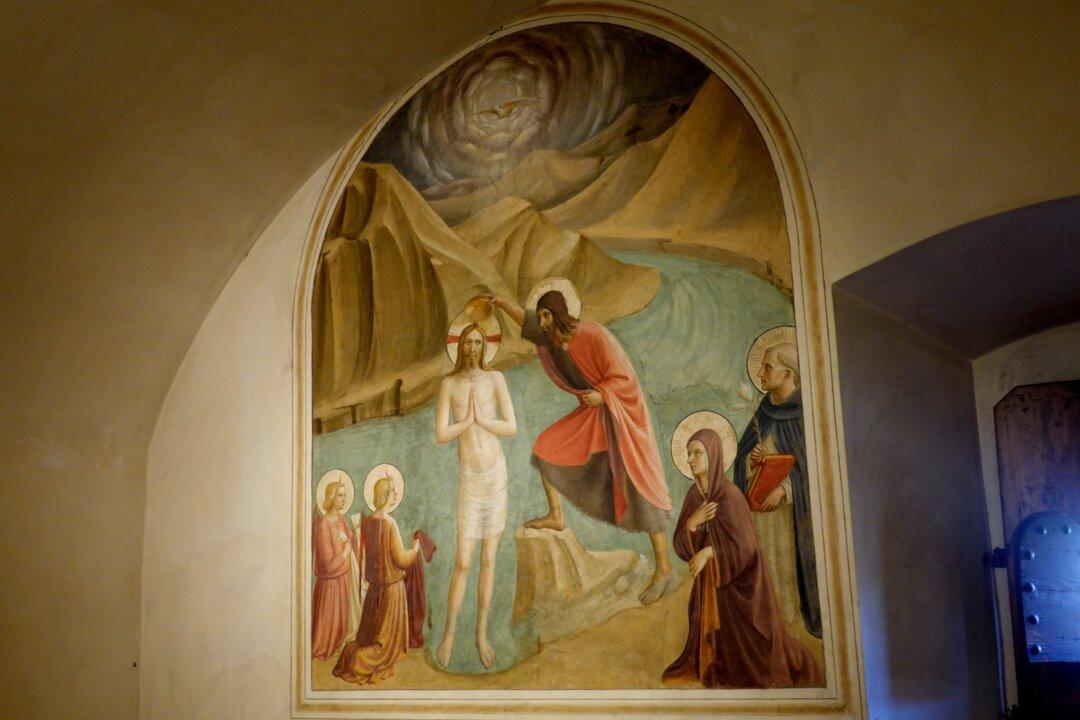“Captive Andromache” (circa 1888), conceived of and created by academic painter Frederic Leighton (1830–1896), engages with the relationships between mother and child and husband and wife. These loving relationships, rendered with Leighton’s sensitive brush, provide a restorative antidote to the familial and national splintering that Andromache felt in the wake of the Trojan War. The painting reminds us that we often learn what we have through loss.
Mari Otsu holds a bachelor's in psychology and art history and a master's in humanities. She completed the classical draftsmanship and oil painting program at Grand Central Atelier. She has interned at Harvard University’s Gilbert Lab, New York University’s Trope Lab, the West Interpersonal Perception Lab—where she served as lab manager—and at the Smithsonian American Art Museum.
Author’s Selected Articles






